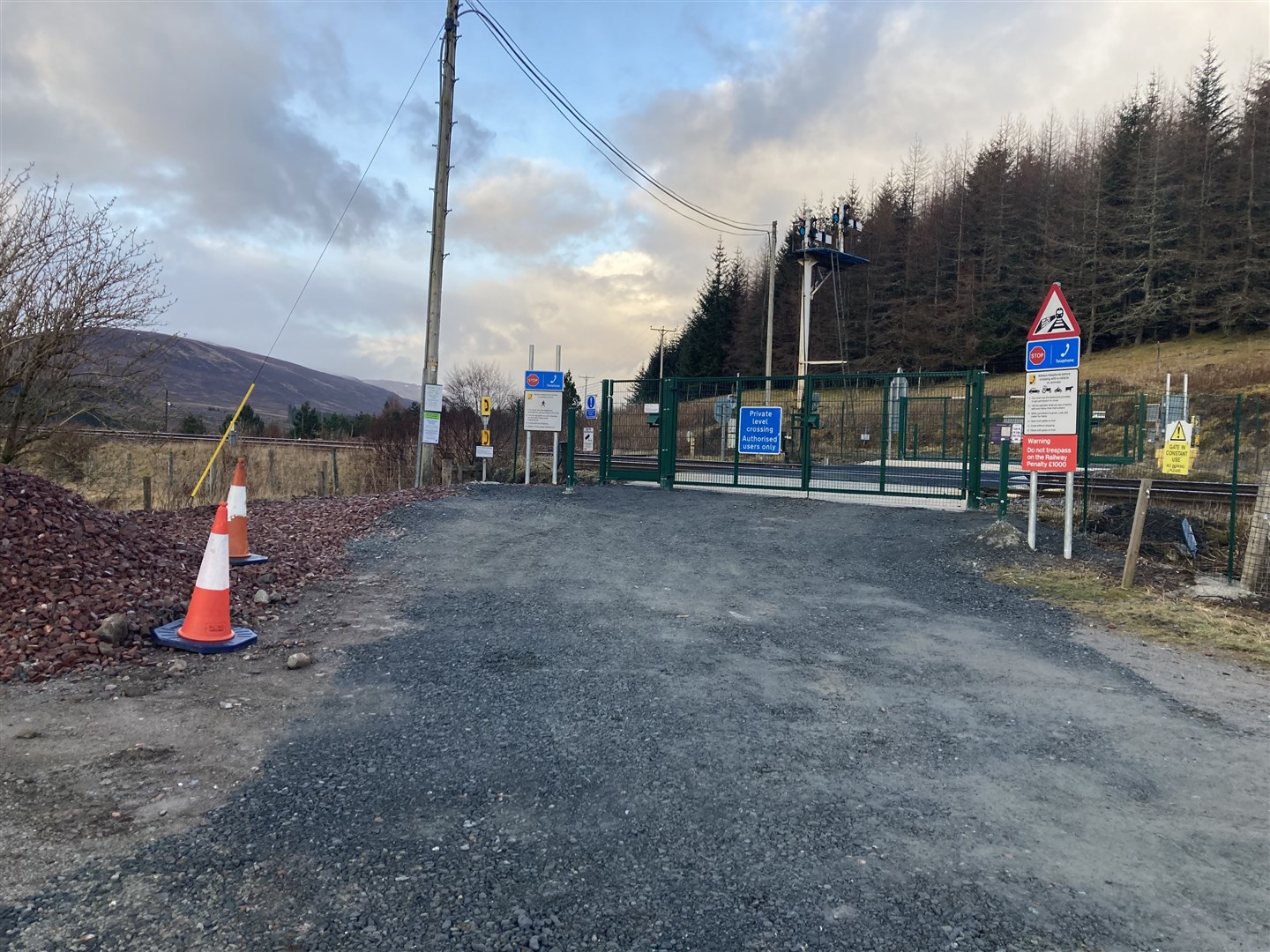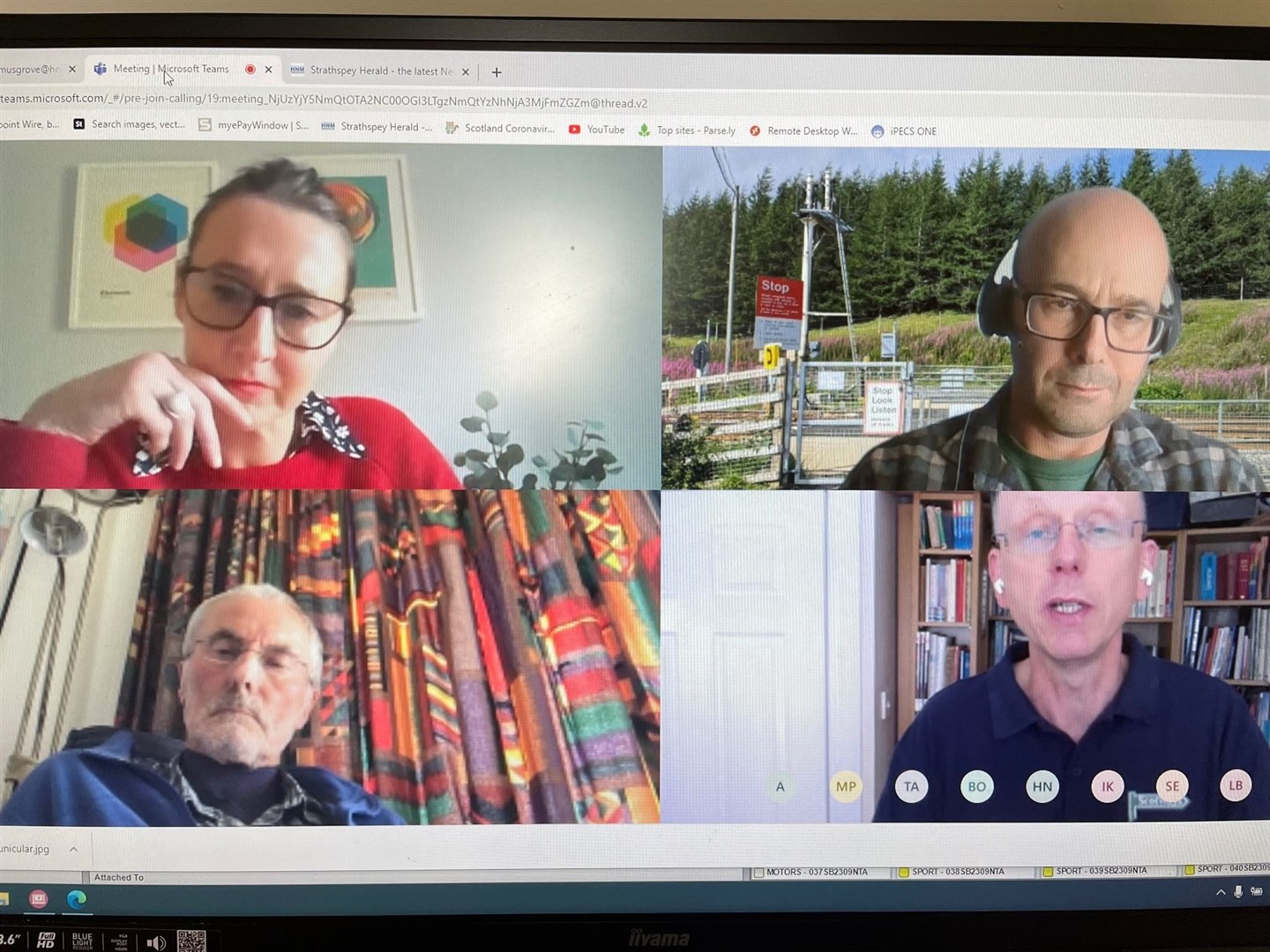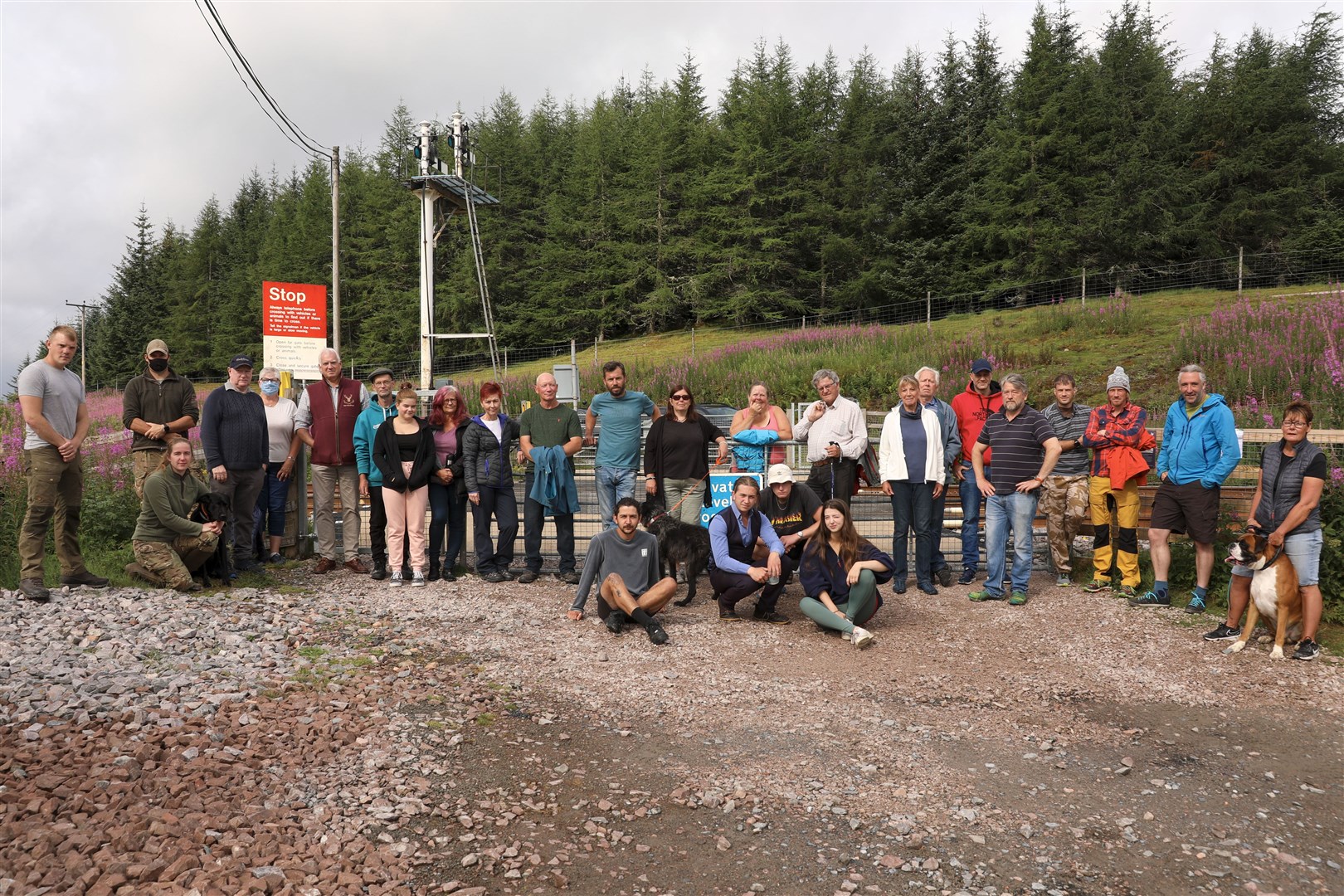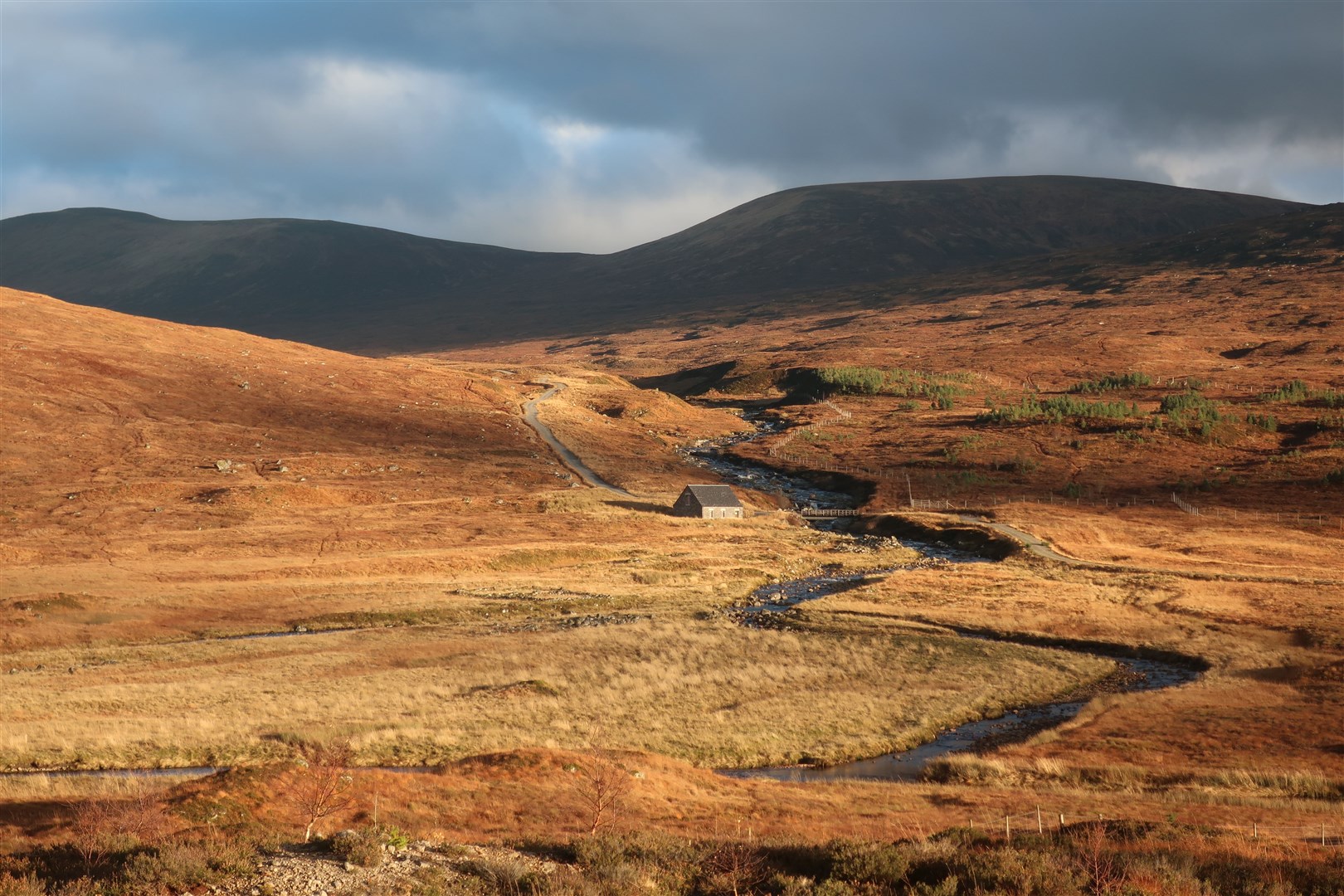Network Rail is turning rural railway lines into ‘impenetrable walls’

New data obtained by Ramblers Scotland have revealed no walkers or cyclists have died at Scotland’s 360 ‘private’ level crossings in the past five years despite Network Rail claiming safety is the reason for its controversial crossing closures.
Rail bosses have come under criticism from residents, businesses and politicians for closing more than 1,250 crossings in Britain since 2009 (source), including at Dalwhinnie
Following a long-running Freedom of Information battle, rail chiefs have finally admitted to Ramblers Scotland that no non-motorised users have died at Scotland's ‘private’ level crossings in the past five years in circumstances other than suicide.
In contrast, 34 pedestrians died on Scotland’s roads in 2020 alone.
Meanwhile, physical inactivity contributes to 2,500 deaths in Scotland each year.
Walking charity Ramblers Scotland said the statistics showed Network Rail’s decision-making process is failing to weigh up the very low safety risk at crossings against the negative impact closures cause to tourism, rural connectivity, local economies and public health.

Director Brendan Paddy said: “Network Rail says safety is the reason it is closing so many level crossings yet it has spent more than a year refusing to confirm to Ramblers Scotland whether any walkers have actually died at level crossings in Scotland.
“By forcing Network Rail to reveal this data, we now know the danger to walkers that carefully use level crossings is incredibly low compared to other risks we all face in daily life. Yet rail bosses seem to feel no cost is too high for others to pay for marginal safety gains that simplify their business.”
The Freedom of Information response came after 15 months of legal pressure from walking charity Ramblers Scotland working alongside Environmental Rights Centre for Scotland.
Until this summer, Network Rail had repeatedly claimed it could not confirm whether there had been deaths of members of the public using ‘private’ level crossings.
Mr Paddy said: “Network Rail’s continued closure of level crossings risks turning many rural rail lines into impenetrable walls that cut communities and walkers off from the countryside that they need to support their health and wellbeing.
“For example, Network Railway’s actions at Dalwhinnie have a had a distressing impact for visitors who loved this historic route, and for locals trying to run tourism businesses or simply access the countryside on their doorsteps.”

Network Rail padlocked gates at Dalwhinnie level crossing in 2021 without any consultation – severing a route to popular lochs, glens and hills.
The move sparked a huge backlash, including a 9,000-signature petition and an open letter signed by 15 major stakeholders including local MSPs.
There is also a high-profile ongoing dispute over lost access at Doubledykes level crossing for communities wanting to cross Fife’s new Levenmouth rail line which is due to reopen in 2024.
Ramblers Scotland believes that Network Rail’s approach to level crossing closures undermines its pledge to 'work collaboratively and sensitively' with communities living near railways.
Network Rail has previously claimed that pedestrians using ‘private’ level crossings could in certain circumstances be trespass but British Transport Police confirmed to Ramblers Scotland in 2021 that no one had been charged with trespass for using a private level crossing in Scotland during the previous five years.

Network Rail has provided no evidence of any injuries at Dalwhinnie crossing.
Ben Alder crossing campaigners vow to continue their battle[2]
More than 1000 cases of 'trespassing' at Ben Alder crossing[3]
Campaigners claim the unilateral closure of Dalwhinnie crossing has in fact made it less safe, as some people continue to climb over the locked gates.
Network Rail’s own initial safety review at Dalwhinnie had recommended the installation of ‘miniature stop lights’ – a traffic light-style system to warn the public when trains are approaching) rather than closure.
Signs point to an underpass a mile south of the crossing but this causes a long and unpleasant diversion alongside a busy A-road. There is no formal car park at the underpass itself.
Network Rail has been contacted for comment.
Do you want to respond to this article? If so, click here[4] to submit your thoughts and they may be published in print.
References
- ^ Click here to sign up to our free newsletters! (www.strathspey-herald.co.uk)
- ^ Ben Alder crossing campaigners vow to continue their battle (www.strathspey-herald.co.uk)
- ^ More than 1000 cases of 'trespassing' at Ben Alder crossing (www.strathspey-herald.co.uk)
- ^ here (www.strathspey-herald.co.uk)